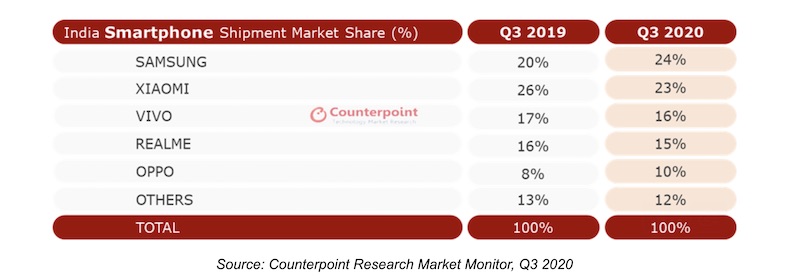The other day we announced the first ten sessions for Sight Tech Global, a virtual event Dec. 2-3 that is convening the world’s top technologists to discuss how AI-based technologies are revolutionizing the future of accessibility. Today, we’re pleased to announce three additional sessions. Registration is free and and open now.
Designing for Everyone: Accessibility Innovation at Apple
Apple has long embraced accessibility as a bedrock design principle. Not only has Apple created some of the most popular consumer products in history, these same products are also some of the most powerful assistive devices ever. Apple’s Sarah Herrlinger and Jeffrey Bigham will discuss the latest accessibility technology from Apple and how the company fosters a culture of innovation, empowerment, and inclusion.
Sarah Herrlinger, senior director of Global Accessibility Policy & Initiatives, Apple
Jeffrey Bigham, research lead, AI/ML accessibility Research, Apple
Moderator: Matthew Panzarino, Editor-in-chief, TechCrunch
Inventing the Accessible Future, by Collaboration or by Court
When technologists design exciting new innovations, those designs rarely include blind people. Advocates urge us to employ a variety of strategies, from education to litigation, to ensure accessibility is baked into all future tech. Harvard Law’s first Deafblind graduate Haben Girma, disability rights attorney Lainey Feingold, and International Digital Publishing Forum president George Kerscher will discuss strategies for creating a future fully accessible to blind people, including those who are Black, Indigenous, People of Color.
Haben Girma, disability rights lawyer, speaker, and author of Haben: The Deafblind Woman Who Conquered Harvard Law
Lainey Feingold, disability rights lawyer and author of Structured Negotiations: A Winning Alternative to Lawsuits
George Kerscher, Chief Innovations Officer for the DAISY Consortium, Senior Advisor for Benetech’s Global Education and Literacy Group, and President of the International Digital Publishing Forum (IDPF)
Moderator: Megan Rose Dickey, senior reporter, TechCrunch
What can a body do? How we meet the built world
Technologists like to imagine how their work affects people, but that’s no substitute for truly knowing the real impact on lives, or better yet understanding what people, especially people with disabilities, really want from their surroundings and community. In her recent book, What Can a Body Do? professor and designer Sara Hendren’s “aim…isn’t to throw cold water on innovation; it’s to re-center the people, behind the tools, who must work with their surroundings, their adaptations at least as miraculous as the technology that helps them.” (Katy Waldman, in her New Yorker review)
Sara Hendren, Associate professor, Olin College
Moderator: Will Butler, Vice president, Be My Eyes
Keep an out for more sessions and breakouts in early November. In the meantime, registration is open. Get your pass today!
Sight Tech Global is eager to hear from potential sponsors. We’re grateful to current sponsors Amazon, Ford, Google, Humanware, Microsoft, Mojo Vision, Salesforce, Waymo, and Wells Fargo. All sponsorship revenues go to the nonprofit Vista Center for the Blind and Visually Impaired, which has been serving the Silicon Valley area for 75 years.





